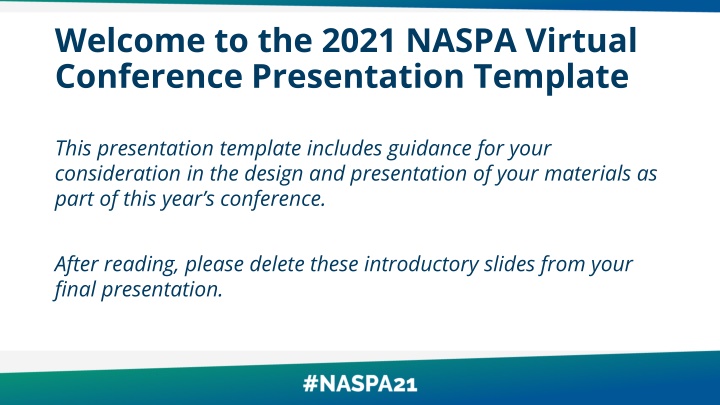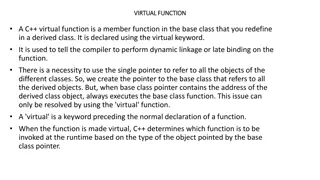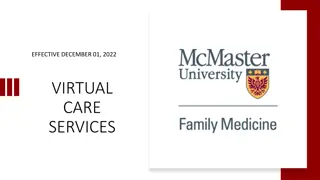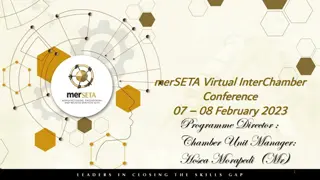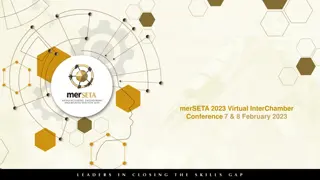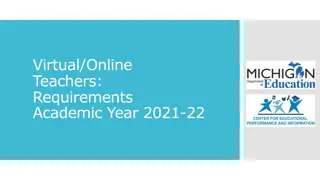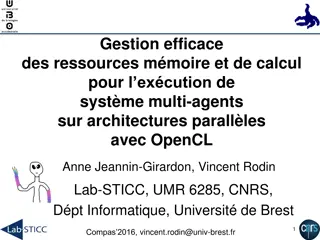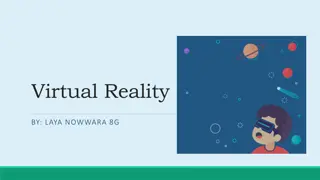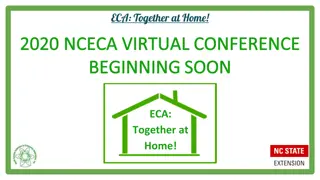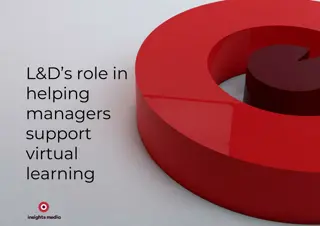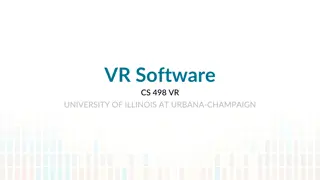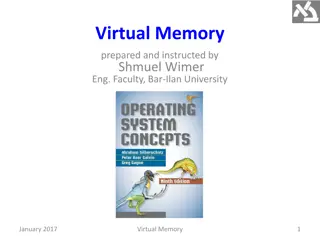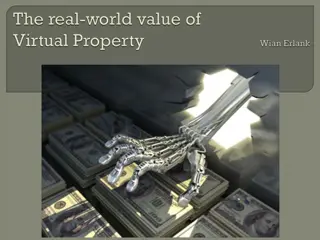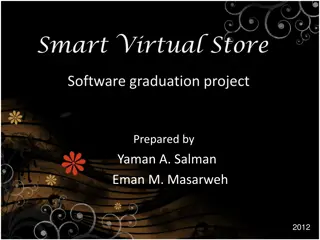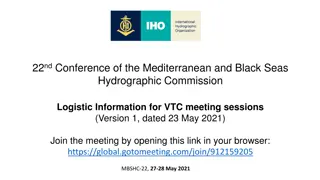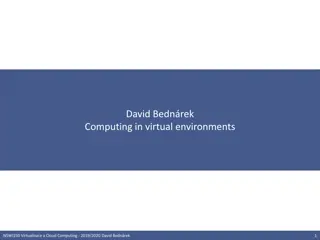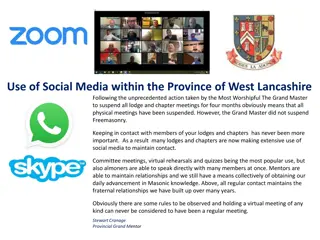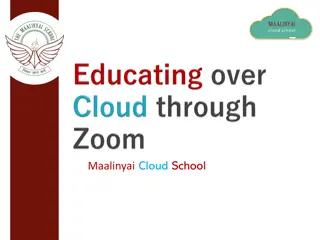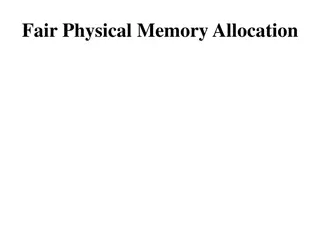NASPA Virtual Conference Guidelines
In this template, discover guidance for designing and delivering a successful presentation at the 2021 NASPA Virtual Conference. Explore insights on land acknowledgment, accessibility considerations, and tips for creating accessible documents and presentations.
Download Presentation

Please find below an Image/Link to download the presentation.
The content on the website is provided AS IS for your information and personal use only. It may not be sold, licensed, or shared on other websites without obtaining consent from the author.If you encounter any issues during the download, it is possible that the publisher has removed the file from their server.
You are allowed to download the files provided on this website for personal or commercial use, subject to the condition that they are used lawfully. All files are the property of their respective owners.
The content on the website is provided AS IS for your information and personal use only. It may not be sold, licensed, or shared on other websites without obtaining consent from the author.
E N D
Presentation Transcript
Welcome to the 2021 NASPA Virtual Conference Presentation Template This presentation template includes guidance for your consideration in the design and presentation of your materials as part of this year s conference. After reading, please delete these introductory slides from your final presentation.
Land Acknowledgement Land acknowledgment practices offer an opportunity for place-informed reflection regarding the land upon where you live, learn, and work. Land acknowledgments should not be perfunctory, under- researched statements. Instead, they are a starting point for developing place-conscious professionals which, in turn, can lead to building place-conscious institutions, as IPKC co-chairs, Dr. Charlotte Davidson and Tiffani Kelly, explain in their blog post. Please use this slide as a reminder to create a platform of land acknowledgement and to integrate place-based understanding across the topics of your presentation. The labor of understanding the history of how your institution came to occupy the land is yours to carry out. Please do not exacerbate harm by expecting Indigenous colleagues to create a land acknowledgment for you. Begin building your foundation for becoming place-conscious with the following resources: https://native-land.ca/ https://nativegov.org/a-guide-to-indigenous-land-acknowledgment/
Land Acknowledgement Example I/We acknowledge that the land each of us live, learn, and thrive are the traditional, ancestral, and unceded homelands of Indigenous and tribal nations. Our home and institution is on the original homelands of the XXXX tribal nations. We acknowledge the genocide and systems of oppression that have dispossessed Indigenous people of their lands and we honor and respect the diverse and beautiful peoples still connected to this land.
Creating and Presenting an Accessible Program All attendees who have requested accommodations through their registration have been contacted by NASPA staff to arrange accommodations. This means your session may include an ASL interpreter, captions, or you may be asked for handouts to provide to an attendee. You are encouraged to present your material with accessibility in mind. This includes verbally explaining graphic elements of your presentation, limiting the amount of text per slide, standardizing the speed of speaking cadence, and minimizing asks of the audience to navigate with their mouse or keyboard. More information and guidance will continue to be available on the presenter portal.
Creating and Presenting an Accessible Program Accessible Documents Use styles (control and shift and s) to set look and feel while adding structure Use tables for data and columns for layout Add alt text to images Avoid using abbreviations and acronyms, if possible Use jargon when appropriate, but offer definitions Use short descriptive sentences with active voice PowerPoint Considerations Use design templates and avoid text boxes Make sure all content is present in outline mode Use high contrast colors Use large font and limit text per slide The main font for this presentation is Open Sans. If you do not have it already installed, please download at https://fonts.google.com/specimen/Open+Sans
Creating and Presenting an Inclusive Program "NASPA believes that equity, inclusion, and social justice require continual pursuits to ensure that members from all identities, backgrounds, abilities, and belief systems have access, voice, acknowledgement, and opportunities to participate at all levels within the Association and the profession." This statement by the NASPA Board of Directors guides our practices of creating a conference experience that is inclusive, welcoming, accessible, and free from discrimination or harassment. When creating and presenting your material, please use language which mirrors the inclusive mission of the organization. Additional information and guidance is available on the presenter portal.
Program Session Title Wednesday, March 17, 2021 | 8:00 8:50 a.m.
Presenters PresenterFirst PresenterLast, Position Title, Institution PresenterFirst PresenterLast, Position Title, Institution PresenterFirst PresenterLast, Position Title, Institution PresenterFirst PresenterLast, Position Title, Institution
